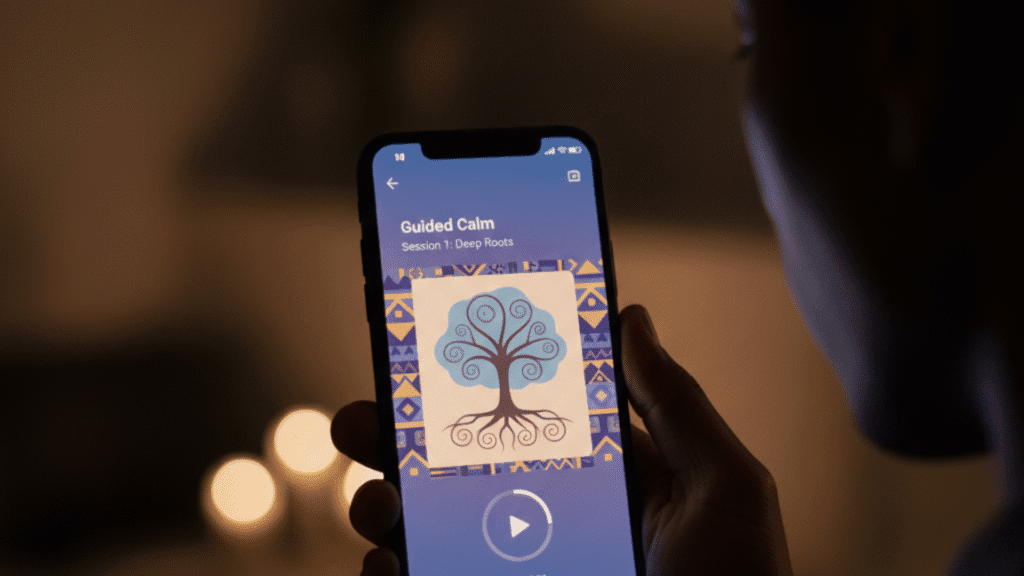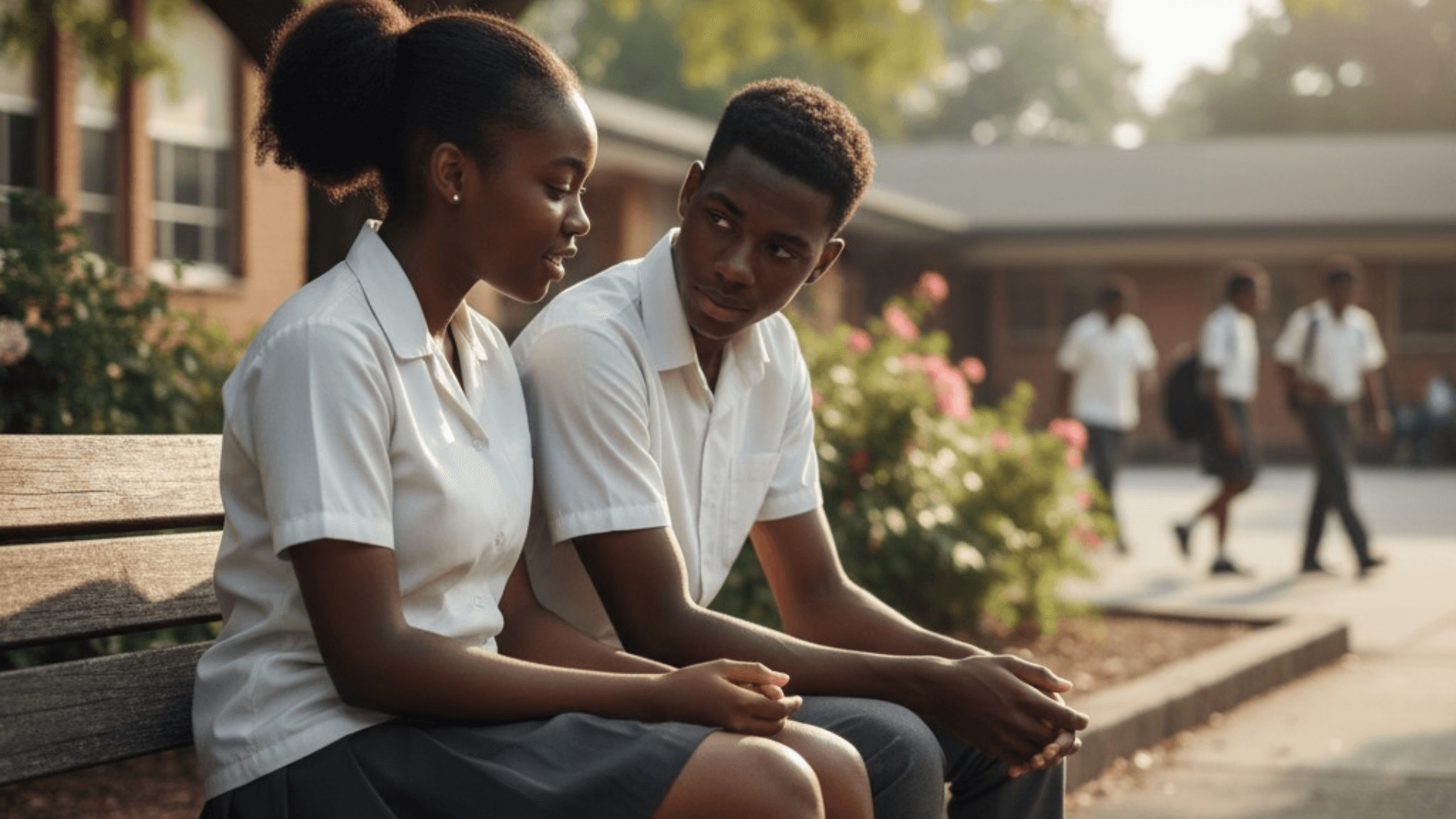Peer-to-peer programs fight youth mental health crisis and cultural stigma
By Brian Ochieng Akoko, Reporter | Nakuru City – Kenya.
The focus on education in Africa is rightly intense. Getting children into schools is a major development victory. But success is often measured only by enrollment rates and exam scores.
A deeper, more subtle crisis is emerging within the school gates. This is the Invisible Crisis of youth mental health. Economic instability, rapid urbanization, and the pressures of globalized social media are placing immense stress on young Africans.
Anxiety, depression, and self-harm are on the rise. Yet, the support structures remain rudimentary. Cultural stigma often frames mental illness as a spiritual failure or weakness. This prevents students from seeking help.
Schools, which should be safe havens, often lack trained counselors. The ratio of students to professionals is often unmanageable. In response, a quiet revolution is starting. It is driven by dedicated educators and community activists.
They are pioneering low-cost, highly effective, peer-to-peer programs. These initiatives are focused on resilience and destigmatization. This is a vital fight to ensure that African students are not just educated, but are also emotionally and mentally well.
The Stigma Barrier: A Cultural Challenge
The biggest barrier to addressing the mental health crisis is cultural stigma. In many communities, discussing mental anguish openly is discouraged. It is seen as bringing shame to the family.
Mental health issues are frequently misunderstood. They are often attributed to witchcraft, curses, or moral failure. This prevents parents, teachers, and students from recognizing clinical depression or anxiety.
As a result, students suffering from treatable conditions often face punishment for poor performance or perceived indiscipline. The first step in any successful program must be education. It must dismantle these dangerous misconceptions.
Community groups are using accessible language and local parables. They are reframing mental health as a core component of overall health. They partner with faith-based organizations.
They work to gain trust and endorsement from respected community elders. This groundwork is essential. It creates a space where vulnerable students can finally speak without fear of judgment.
The goal is to move the conversation from secrecy and shame to openness and support. This cultural shift is slow, but it is the key to unlocking treatment and building long-term resilience.
Peer-to-Peer Support: The Low-Cost Solution

Given the shortage of professional counselors, schools are turning to peer-to-peer support systems. These systems train select, empathetic students to be mental health ambassadors.
These student-leaders are taught basic listening skills. They learn how to recognize warning signs. They are trained to refer serious cases to a trusted adult or professional. The model is highly effective because it operates on the level of trust between peers.
A young person is far more likely to open up to a fellow student than to an authority figure. These peer groups create informal, confidential spaces for dialogue. They normalize the experience of stress and difficulty. The programs are remarkably low-cost.
They leverage existing human resources—the student body itself. Teachers and community volunteers often receive „psychological first aid“ training. They learn how to manage stress in the classroom.
The focus is shifted from punitive discipline to restorative justice and empathy. In Kenya and South Africa, pilot programs have shown significant improvements in school climate.
They have demonstrated reductions in bullying and dropout rates. The success of these initiatives shows that effective mental health support does not require massive budgets. It requires community, training, and trust.
The Role of Digital and Social Media Literacy
The digital age is a double-edged sword for youth mental health. Social media often fuels anxiety. It creates impossible standards of living and appearance. It is a major source of cyberbullying.
However, digital tools are also proving to be valuable allies in the fight for well-being. Youth activists are using social media platforms to run destigmatization campaigns. They are creating relatable, empowering content.
They use local languages and trending formats. This allows their message to reach vast numbers of young people instantly. Apps are being developed that offer anonymous, guided meditation or stress-reduction exercises.
These digital interventions are accessible 24/7. They provide immediate, private support to those who are hesitant to speak out. The curriculum in schools is also evolving. It now includes digital literacy training that emphasizes media consumption awareness.
Students are taught how to manage their online lives. They learn to recognize the toxic effects of comparison and perpetual connectivity. This focus on media literacy is vital for building mental resilience in the modern age.
It equips students to navigate the pressures of a highly connected world. Ultimately, the goal is to build a culture of care. It must start in the classroom. It is a recognition that the well-being of the student is just as important as the content they learn.




Daj svoj stav!
Još nema komentara. Napiši prvi.